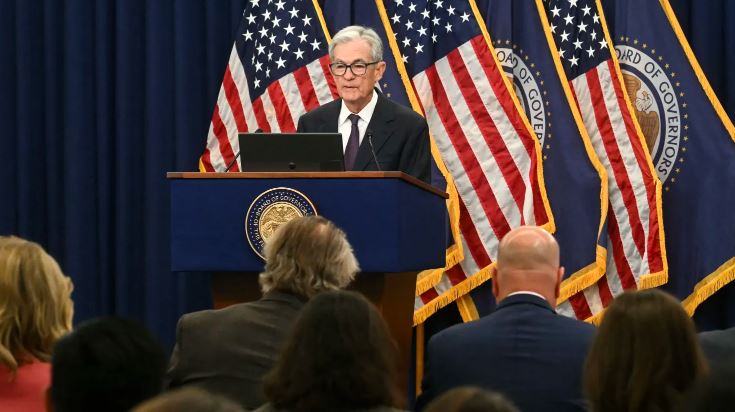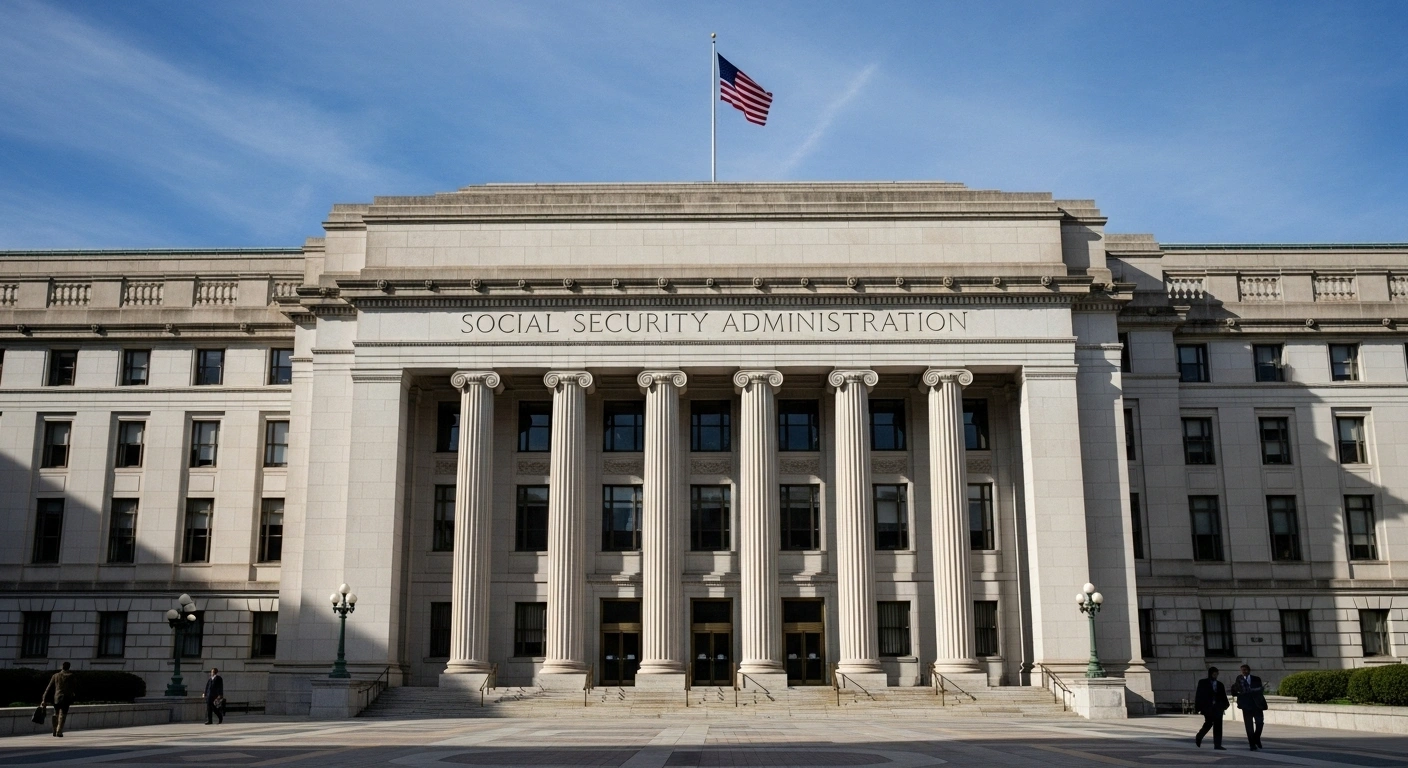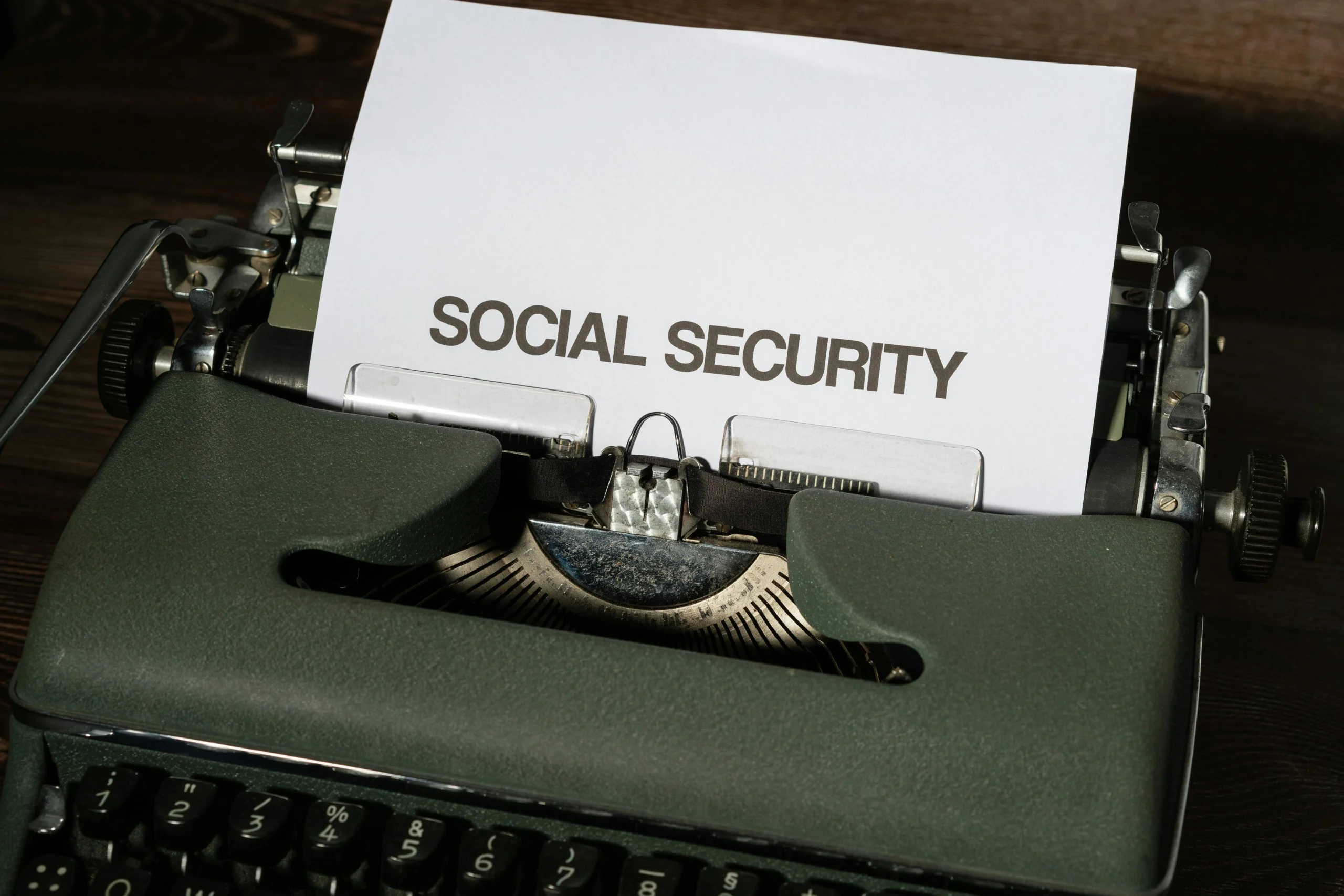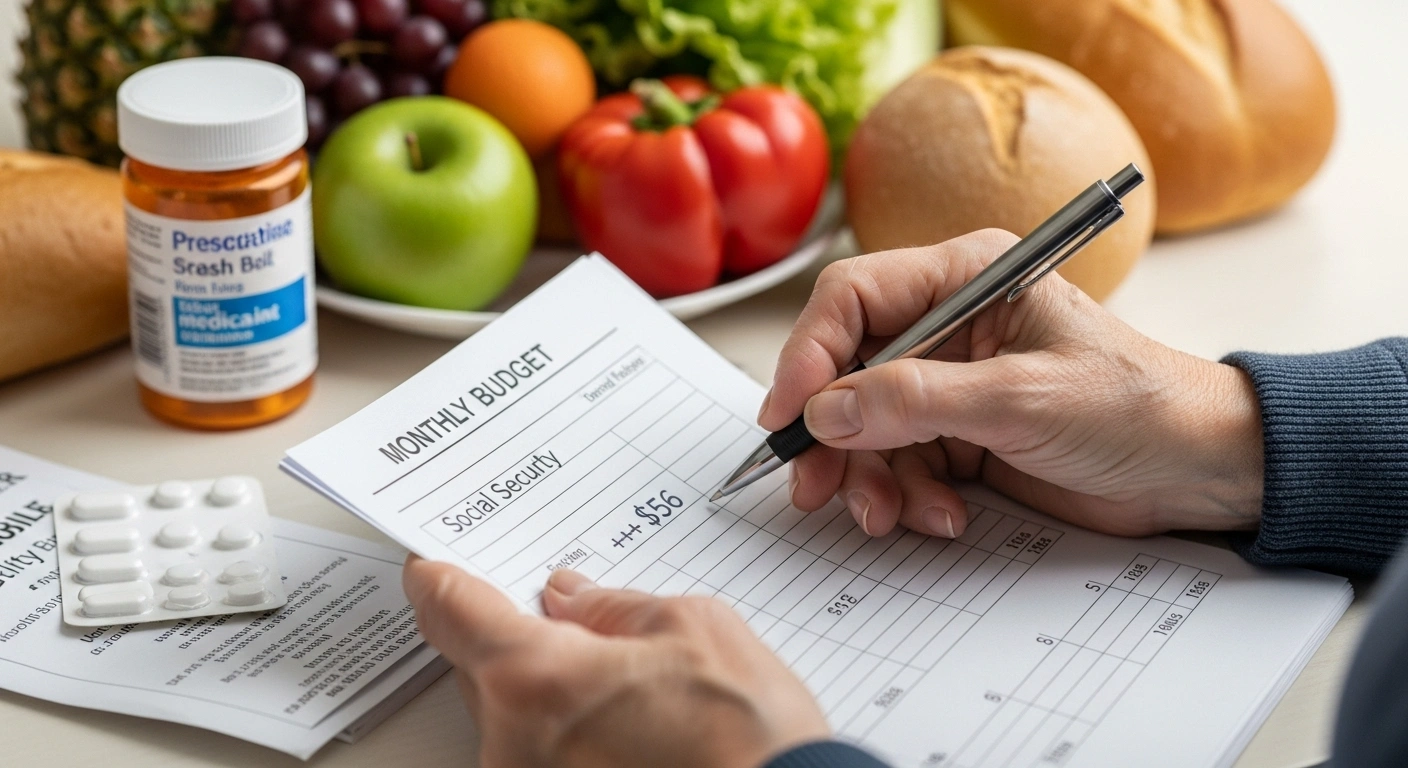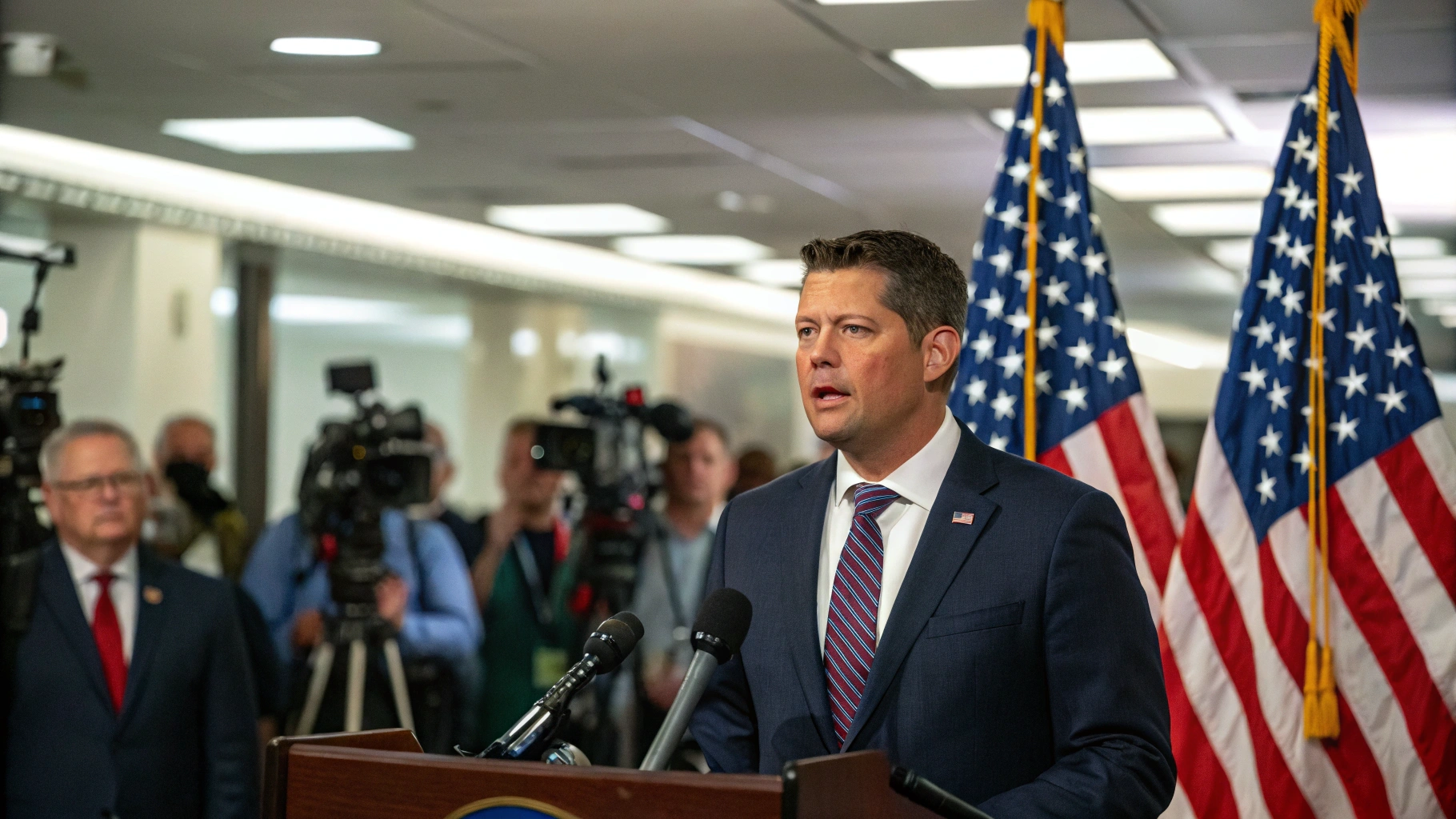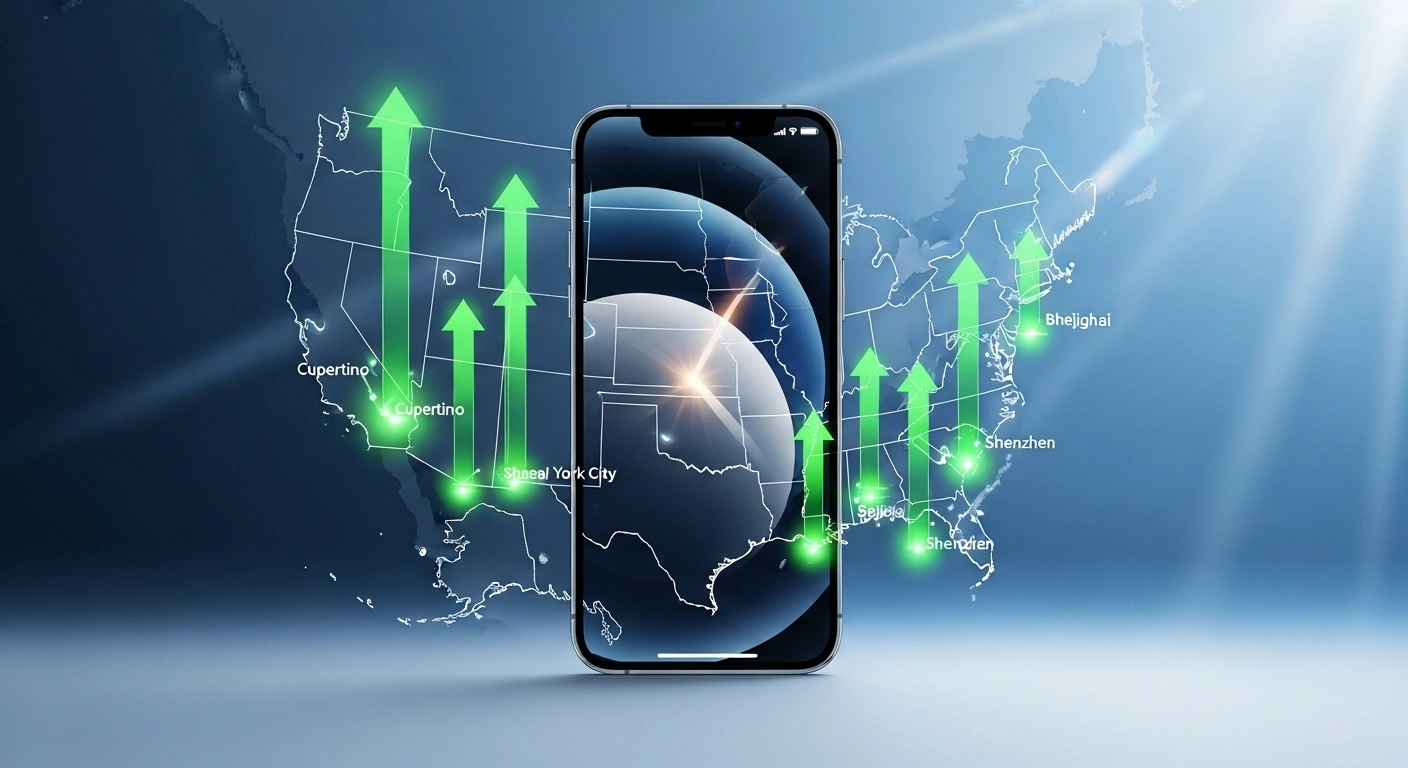U.S. CPI Report Surges to Highest Inflation Level in Over a Year
October 24, 2025
WASHINGTON — American families face renewed financial pressure as the latest government data reveals inflation quickened to its fastest pace in more than a year. The September CPI report shows consumer prices rising at an annual rate of 3.1%, up from August’s 2.9%, as tariffs and persistent service costs push the cost of living steadily higher .
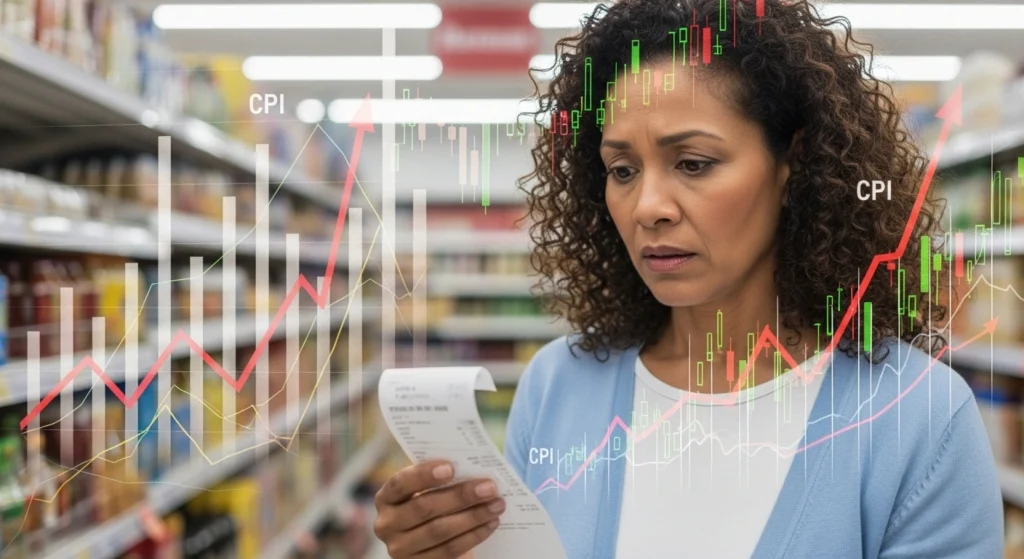
The long-awaited CPI report finally saw release Friday after a 10-day delay caused by the federal government shutdown, providing a rare glimpse into the nation’s economic health amid an otherwise blackout of official data . The report arrived as economists warned that inflation is becoming increasingly entrenched above the Federal Reserve’s 2% target.
“This isn’t just an inequality story—it’s a macroeconomic story,” said Lindsay Owens, executive director of the Groundwork Collaborative, a progressive policy group. “As the wealthy continue to consume, that’s masking more and more insecurity and instability in the economy under the hood” .
What the September CPI Report Reveals
The Consumer Price Index increased 0.4% from August to September, matching the previous month’s pace but pushing the annual rate to its highest level since May 2024 . The core CPI reading, which excludes volatile food and energy categories, held steady at an annual rate of 3.1% .
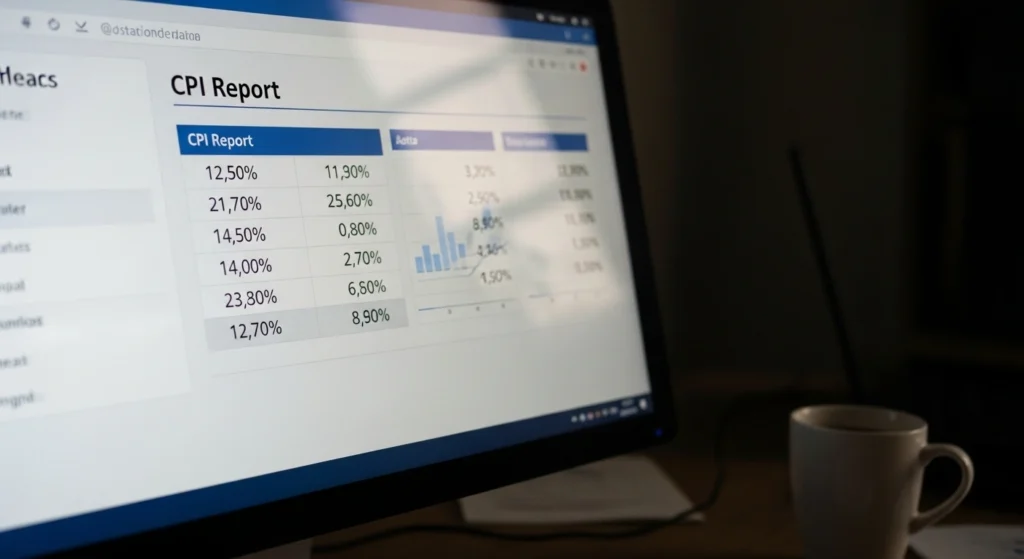
Table: Key Figures from September CPI Report
| Metric | September Reading | August Reading | Change |
|---|---|---|---|
| Overall CPI (Annual) | 3.1% | 2.9% | +0.2 pts |
| Core CPI (Annual) | 3.1% | 3.1% | Unchanged |
| Monthly Change | 0.4% | 0.4% | Unchanged |
The Bureau of Labor Statistics called staff back to work specifically to produce this report, as the data is required by law to calculate next year’s Social Security cost-of-living adjustment . After today’s release, these workers return to furlough, and no further government economic data is expected until the shutdown ends .
“This is going to be the report to end all reports,” said Troy Ludtka, senior U.S. economist at SMBC Nikko Securities, highlighting the unusual significance of this single data point amid the government’s information blackout .
The Forces Driving Prices Higher
Tariffs Take Their Toll
The footprint of President Trump’s tariffs is becoming increasingly visible in consumer prices. The effective tariff rate has climbed to approximately 18%, the highest level since the 1930s, creating ripple effects throughout the economy .
Corporate America is feeling the squeeze. Nike told investors it expects to pay $1.5 billion in tariff costs this fiscal year, while toymaker Mattel estimated its tariff costs at $100 million . Automaker General Motors reported paying between $3.5 billion and $4.5 billion in tariffs this year, squeezing its North American margins from 9% to 6.2% .
According to Goldman Sachs analysis, companies had passed along about 37% of new tariffs to consumers by August, while absorbing 51% themselves and forcing 9% onto their suppliers . This gradual pass-through means consumers are likely to continue feeling tariff effects well into 2026.
“The tariff impact is increasingly visible, though pass-through remains gradual and uneven,” wrote Gregory Daco, chief economist at EY-Parthenon .
Stubborn Services Inflation and Housing Costs
Beyond tariffs, Americans continue to grapple with persistent inflation in services—from personal care to auto repairs—which has remained stubborn even as shelter-related price increases have moderated .
Housing costs continue to play an outsize role in inflation measurements. Owners’ Equivalent Rent (OER), which represents about one-quarter of the entire CPI basket, is expected to maintain upward pressure through mid-2026, according to analysis from RBC . This creates a mechanical floor beneath how far overall inflation can fall.
Meanwhile, demand for rental units remains strong as high interest rates prevent many prospective first-time buyers from purchasing homes. The number of renter-occupied housing units is growing at 2.5% annually, far outpacing the 0.1% growth in owner-occupied units .
The Grocery Store Squeeze
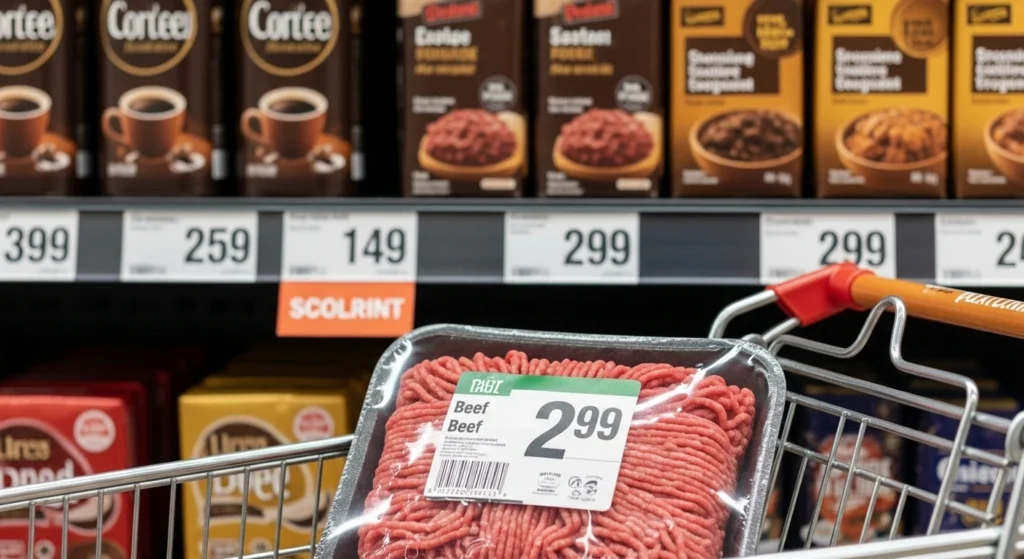
American consumers shopping for groceries have weathered a 24% increase in food prices between 2020 and 2024 . While September’s increase was expected to be more moderate, certain categories highlight particular pain points.
Beef prices have risen dramatically as herds shrink amid prolonged drought. Cocoa and coffee prices, already pushed higher by climate-related supply constraints, now face additional pressures from tariffs .
“Those aren’t items that consumers necessarily buy week in and week out,” noted Billy Roberts, senior analyst for food and beverage at CoBank. “But those prices are going to provide a lot of sticker shock for consumers” .
The Federal Reserve’s Dilemma
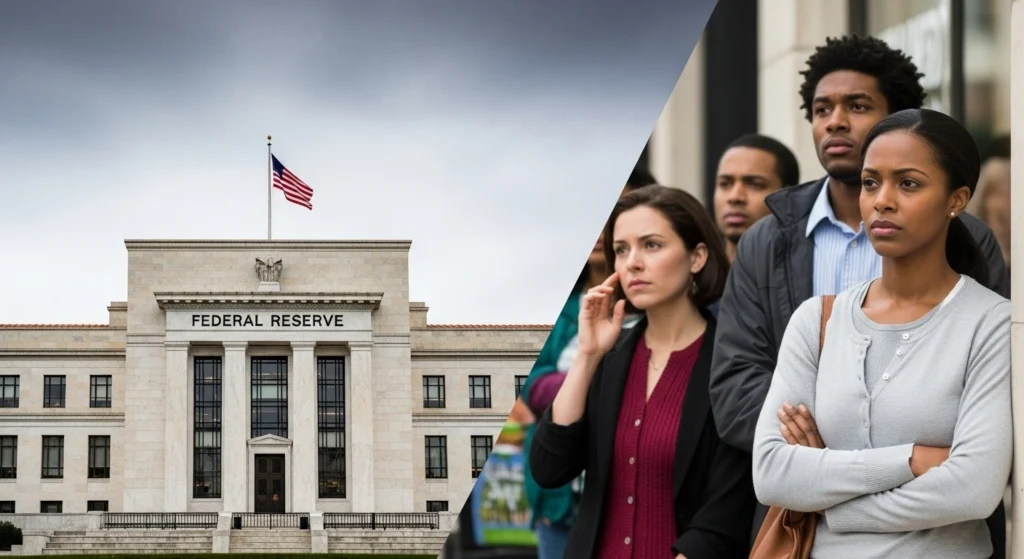
Today’s CPI report lands at a particularly challenging moment for Federal Reserve officials, who begin their two-day policy meeting on Tuesday. Policymakers are widely expected to lower borrowing costs by a quarter-percentage point for the second straight meeting, bringing interest rates to a range of 3.75% to 4% .
The central bank faces the delicate task of supporting a labor market that has lost momentum while maintaining enough restraint on the economy to contain inflation . Making this balancing act even more difficult: the government shutdown has deprived Fed officials of the comprehensive economic data they typically rely on.
“Because we haven’t gotten any government data in the recent past, I think all of the market’s focus and all of the market’s attention is going to be directed onto this one report,” said Troy Ludtka of SMBC Nikko Securities .
Before the shutdown, Fed officials were already divided about how aggressively to lower interest rates amid mixed economic signals . Some policymakers worry that moving too quickly could inadvertently stoke inflation, while others caution that moving too slowly could cause unnecessary damage to the economy .
A Nation Divided : The K-Shaped Economy
The inflation story varies dramatically across income levels, creating what economists call a “K-shaped” economy where different groups experience entirely different realities .
Wealthier Americans, buoyed by a stock market hovering near record highs, have continued to spend freely. The top 10% of U.S. households now account for nearly half of all spending—the highest share since the late 1980s, according to Moody’s Analytics .
Meanwhile, lower-income households are pulling back as they navigate persistent inflation and a cooling labor market. The divide is evident across industries: airlines struggle to fill cheaper seats while premium cabins remain full, and credit card companies compete for high earners while lower-income households struggle with debt payments .
“What I am concerned about is the sticky and stubborn service sector costs along with rising food and utility prices, which are really placing stress on middle-class and down-market households,” said Joe Brusuelas, chief economist at RSM. “And this is a function of that greater discussion around the K-shaped economy, where 40% of this country is thriving” .
The sentiment is echoed in corporate America. McDonald’s CEO Christopher J. Kempczinski noted on a recent earnings call that “visits across the industry by low-income consumers once again declined by double digits versus the prior year period” .
What Comes Next for Inflation and the Economy
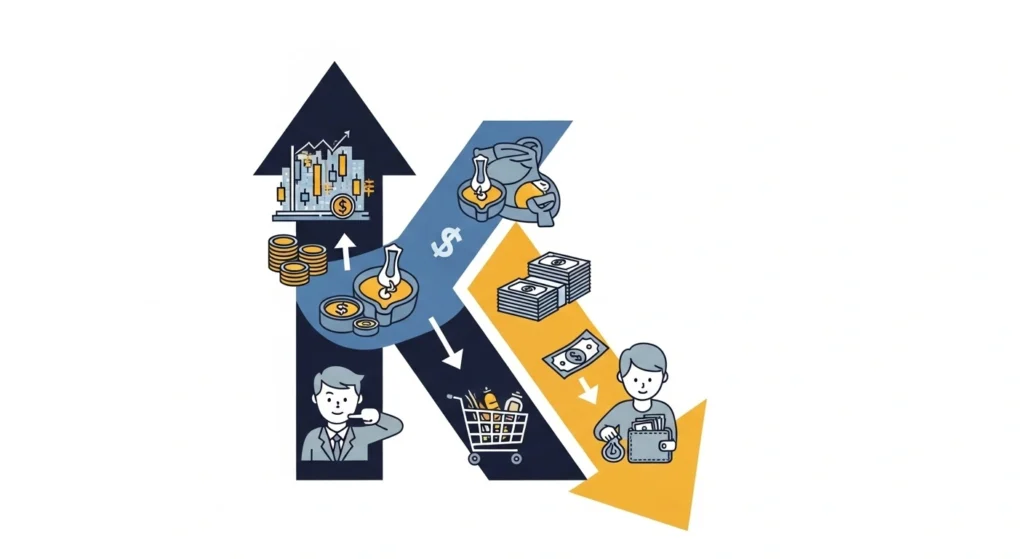
The Cleveland Fed’s nowcasting model suggests the upward pressure on prices will continue, projecting annual CPI inflation of 3.33% for the fourth quarter of 2025 . Consumers appear to be bracing for this reality—the New York Fed’s September Survey of Consumer Expectations showed median inflation expectations at the one-year horizon increased to 3.4% from 3.2% .
The broader economic outlook remains challenging. RBC economists characterize the current environment as “stagflation-lite”—with growth running below trend even as inflation moves uncomfortably higher .
The fundamental dynamics suggest inflation may prove difficult to tame. “At the macro level, it’s a reminder of how sticky inflation can be when it gets out of the tube and how hard it is to get to back to that 2% once it’s been above target for a while,” said Michael Pugliese, senior economist at Wells Fargo .
For American households, the September CPI report confirms what many have felt each time they shop for groceries, pay utility bills, or reconsider their household budgets: the climb toward price stability remains steep, with the peak still somewhere in the distance.

